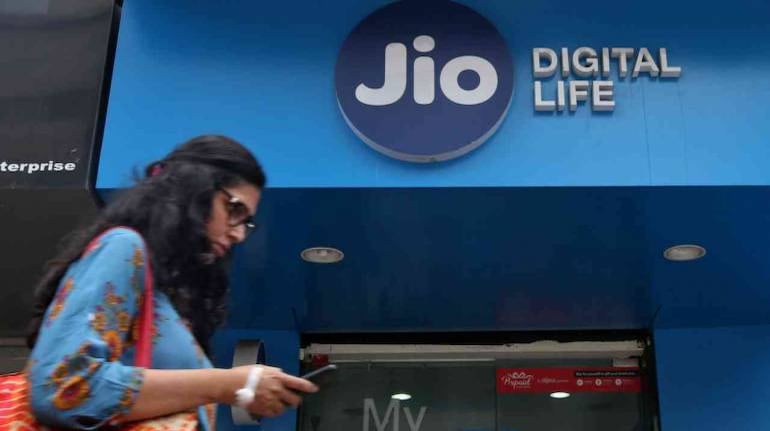



Mukesh Ambani-owned Reliance Jio has come up with a new way for people to recharge their numbers. The new method allows users to simply walk up to their nearest ATM and recharge their Jio account.
According to the telco, the new ATM recharge facility will be available through Axis Bank, AUF Bank, DCB Bank, ICICI Bank, IDBI Bank, HDFC Bank, IDFC Bank, Standard Chartered Bank, and State Bank of India ATM machines. The announcement was made on the official Reliance Jio Twitter handle.
Recharge your Jio number at your nearest ATM. #JioTogether#CoronaHaaregaIndiaJeetega#StayHomeStaySafe#StayConnected#JioDigitalLifepic.twitter.com/ztXQ2YaKuc— Reliance Jio (@reliancejio) March 29, 2020
The telecom operator also detailed steps to recharge their numbers using an ATM. Here's how to Recharge your Jio number through an ATM.
After a successful transaction, the machine will display a message confirming the recharge has been successful, and the corresponding amount will be debited from your account. Users will also get a confirmation message on their Jio mobile number.
The move brings relief to users who were facing issues after telecom operators shutdown physical retail stores across the country during the 21-day nationwide lockdown to fight the coronavirus pandemic.
While the facility to recharge your phone number using an ATM machine has been around for quite a while now, it is much more relevant now than ever, especially for users who cannot recharge their devices online.

Discover the latest Business News, Sensex, and Nifty updates. Obtain Personal Finance insights, tax queries, and expert opinions on Moneycontrol or download the Moneycontrol App to stay updated!
Find the best of Al News in one place, specially curated for you every weekend.
Stay on top of the latest tech trends and biggest startup news.